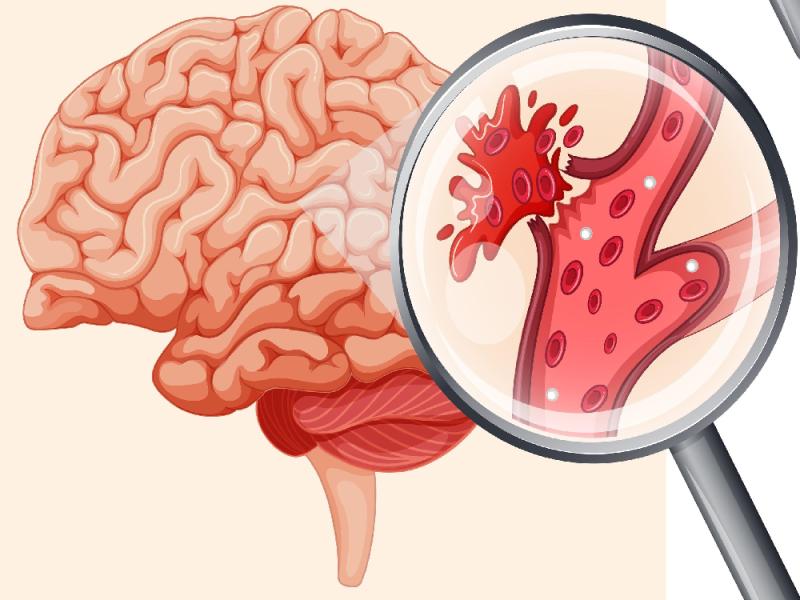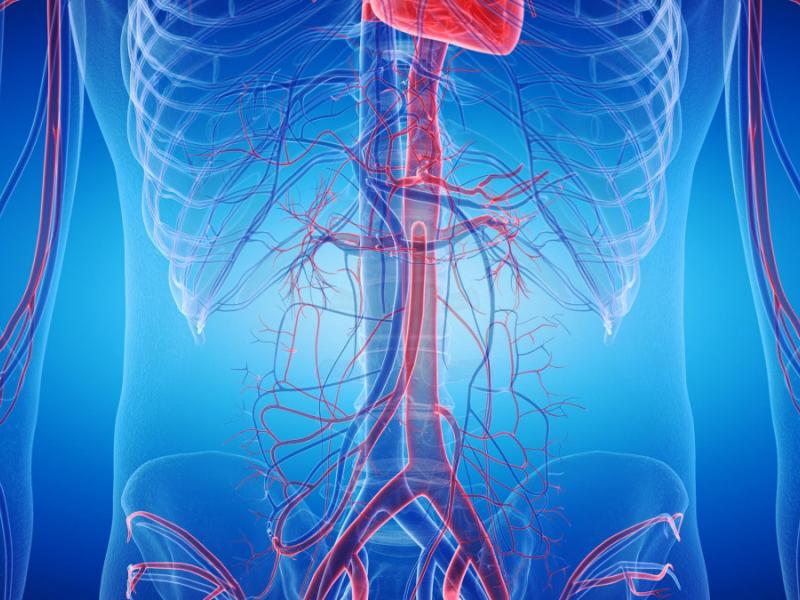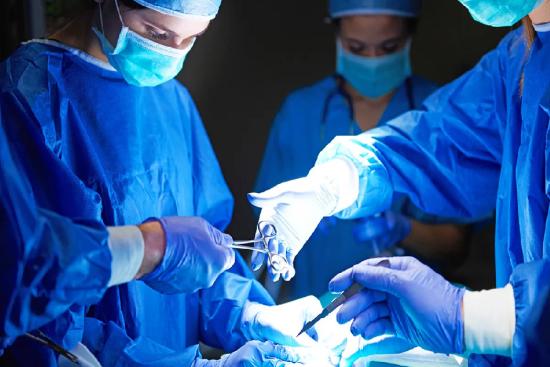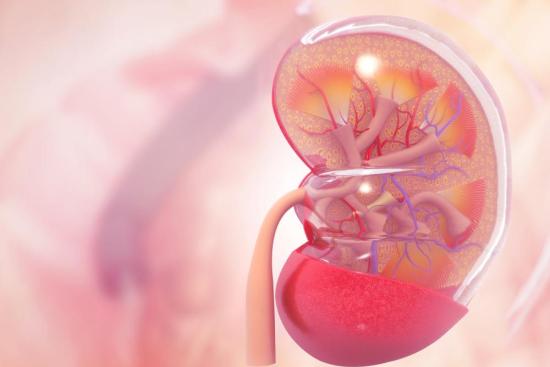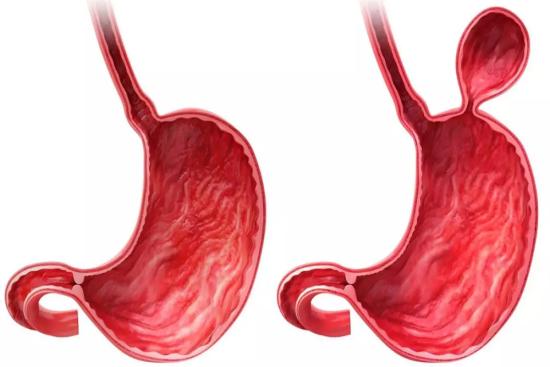Tachycardia crisis? An increase in breathing rate with significant pallor following a shock or an accident? Probably you are facing bleeding affecting your body's cavities such as the abdomen and the digestive tract, as well as the tissues surrounding broken bones. Which is called internal bleeding. However, there may be no symptoms even though the affected organ or area is bleeding.
What is internal bleeding?
Internal bleeding or also known as hemorrhage is a flow of blood that occurs outside the bloodstream, either through arteries or veins. Non-external bleeding is not visible to the naked eye, as in the case of abdominal or cerebral hemorrhages, it's internal which occurs following an accident, shock, or trauma related to many causes such as cerebral vascular stroke or abdominal aneurysm. This phenomenon requires in most cases an urgent intervention to be treated by medical and paramedical staff in approved institutions.
Symptoms of hemorrhage
The apparent signs are determined depending on the severity of the internal bleeding. Generally, the main symptoms are :
- Cold sweats
- Vertigo
- Loss of consciousness
- Decreased blood pressure
- Dizziness
- Fainting (while standing or sitting)
- Thirst
- Vomiting
- Discoloration of the mucous membranes
Other symptoms may also indicate the presence of severe bleeding such as increased heart rate and tachypnea, which is referred to as an abnormal increase in breathing rate. These symptoms may be associated with anxiety. It should be noted that the victim may not feel any disorder, especially when in shock.
Causes of internal bleeding
There are various causes of internal bleeding other than road traffic accidents (RTAs) or shock, which require hospitalization or even resuscitation. Among them, we note :
- Pregnancy rupture: When it is an ectopic pregnancy, internal bleeding may have occurred once the egg develops in the tube, causing it to burst.
- Obstetric hemorrhage: due to uterine rupture or placental retention.
- Digestive hemorrhage: an angioscanner may be recommended to visualize the attacked vessels that are not visible on the X-ray.
- Trauma to the abdomen, thorax, and kidney.
- Pelvic and femoral fractures: They generate very important internal bleeding.
Thus, postoperative complications can present a major cause for suffering from internal bleeding. Many people are more susceptible to internal bleeding than others, including patients who are on anticoagulant therapy. Also, those who suffer from a tumor with considerable vascularity. The elderly are also people at risk since they present vascular fragility.
First aid for the victim
The first step is to provide first aid, starting with placing the victim in a flat lying position while raising both legs. Otherwise, if the patient is unable to breathe, the rescuer must place him/her in a half-sitting position or on the side if he/she is unconscious. Then, call the UAS and have them report all the circumstances of the accident suffered by the victim. However, it is necessary to avoid giving the patient food or drink, and to avoid administering aspirin, as it thins the blood and increases the bleeding. It is also important to stay close to the victim by reassuring him until the arrival of help.
Hospital care for internal bleeding
The victim must be taken care of by a health professional to prevent any risk of complication in his critical condition. Thus, the first diagnosis is to perform a CT scan to determine the origin of the bleeding and delimit the affected area. A blood test should be done to evaluate the amount of blood loss, which is a significant indicator of treatment. Emergency treatment consists of stopping the bleeding in the hospital setting using blood transfusions or pharmacological treatment of the veins if it is a critical case. Some situations require surgery or endoscopic intervention to stop the blood loss and heal the affected vessel.


